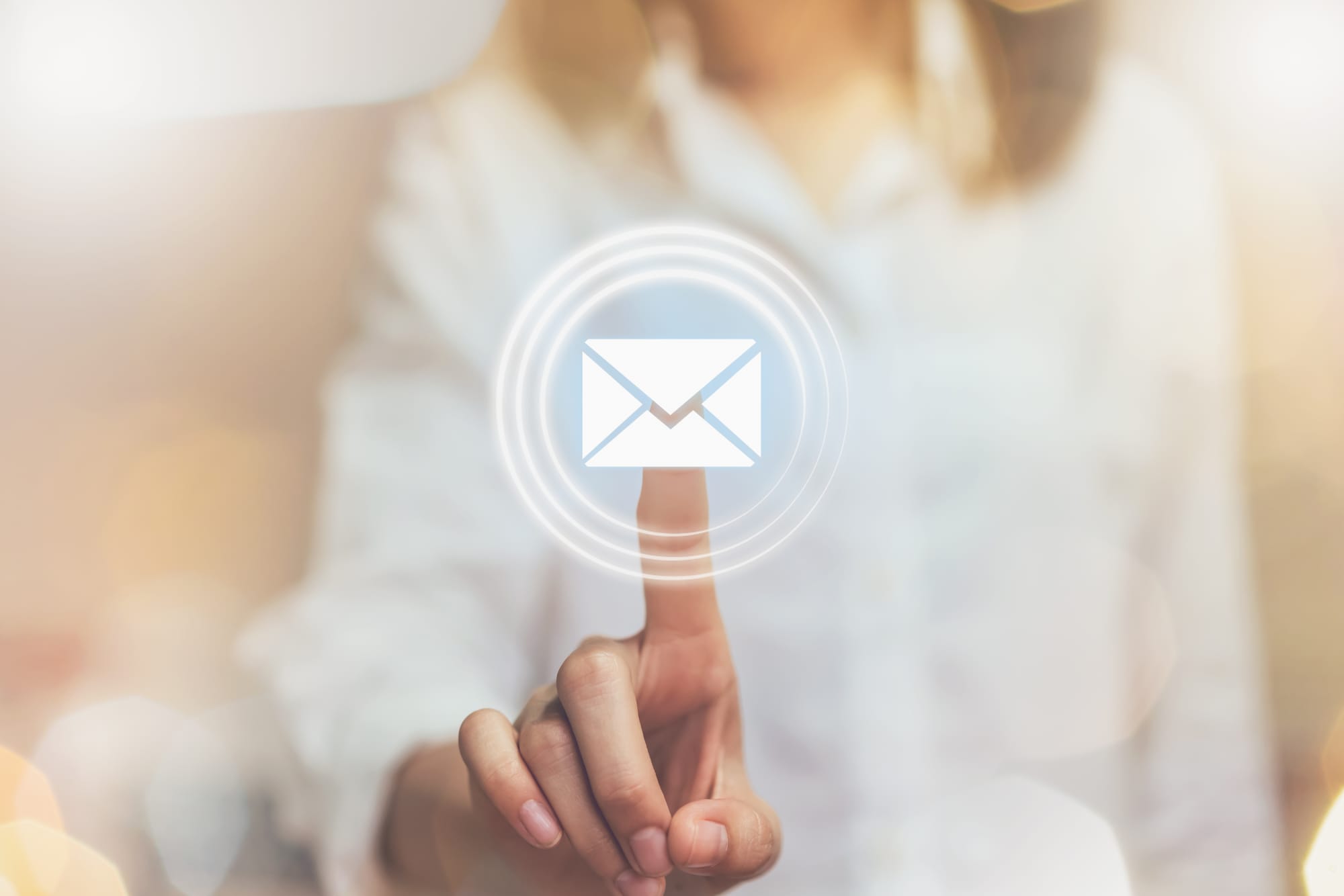This guide offers some basic knowledge to be aware of about email marketing. In coming articles, we will go over each aspect listed below in greater detail. Don't become overwhelmed by all that you have to learn and do. We will take a well-paced journey through each of the following aspects of email marketing.
For now, let's take a high-level look at what's involved, which will have you more knowledgeable than most authors and entrepreneurs.
1.1 Understanding the Power of Email Marketing
In today's digital age, where technology has revolutionized the way we communicate and do business, email marketing remains one of the most effective and essential tools for authors and entrepreneurs. Whether you're an aspiring writer or a business owner looking to connect with your audience, understanding the basics of email marketing is crucial for success.
Email marketing allows you to reach a targeted group of individuals directly in their inboxes. It provides a personalized and direct line of communication, enabling you to establish a strong connection with your audience, build brand awareness, promote your products or services, and ultimately drive conversions and revenue.
1.2 Building an Email List: Quality Over Quantity
Before you can start sending emails, you need a list of subscribers who have opted in to receive your messages. Building a quality email list is key, and it's important to focus on quality rather than sheer quantity. It's better to have a small, engaged list of subscribers who are genuinely interested in what you have to offer than a large list of disinterested individuals.

This is incredible news for you because it means you don't have to have tens of thousands or even thousands of subscribers to be successful.
To build your email list, you can employ various strategies such as creating compelling lead magnets (like a free guide, report, checklist, or some other valuable document) that includes an exclusive offer or special price, and implementing sign-up forms on your website or landing pages.
Remember to always obtain explicit permission from your subscribers to send them emails, as it helps maintain a healthy and engaged list while complying with anti-spam regulations. In other words, always be transparent about your intentions.
1.3 Crafting Effective Email Content
Once you have a growing list of subscribers, the next step is to create engaging and valuable email content. Your emails should be well-crafted, relevant, and personalized to resonate with your audience. Here are some key elements to consider when crafting effective email content:
Subject Line: The subject line is the first thing subscribers see in their inbox. It should be attention-grabbing, concise, and give a glimpse of what's inside the email, enticing recipients to open it.
Personalization: Addressing subscribers by their names and tailoring the content to their preferences or previous interactions can significantly improve engagement and make recipients feel valued.
Compelling Copy: Your email copy should be persuasive, concise, and focused on providing value. Use clear and straightforward language, and highlight the benefits of your offer to encourage readers to take action.
Call to Action: Every email should have a clear call to action (CTA) that guides subscribers towards the desired action, such as visiting your website, making a purchase, or downloading a resource. Make the CTA prominent and easy to follow.
Mobile Optimization: With the increasing use of smartphones, it's crucial to ensure your emails are mobile-friendly. Optimize your email design and layout to display properly on different devices and screen sizes.
1.4 Email Automation and Segmentation
Email automation and segmentation are powerful techniques that allow you to streamline your email marketing efforts and deliver more personalized content to your subscribers based on their actions and behavior.

For instance, people who didn’t download your lead magnet and those who did would be two different segments within your list. By communicating more precisely to each group, you will resonate better with them and get better results.
Automation involves setting up predefined sequences or workflows that trigger specific emails based on subscriber actions or predefined time intervals. For example, you can create a welcome email series that is automatically sent to new subscribers, nurturing them and introducing them to your brand.
Segmentation involves dividing your email list into smaller, targeted groups based on specific criteria such as demographics, interests, or previous purchase behavior. By segmenting your list, you can send highly relevant and tailored content to each group, increasing engagement and conversion rates.
1.5 Email Analytics and Optimization
To maximize the effectiveness of your email marketing campaigns, it's essential to analyze and optimize your efforts based on data-driven insights. Most email marketing platforms provide analytics that give you valuable metrics such as open rates, click-through rates, and conversion rates.
By tracking these metrics, you can identify what works and what doesn't, allowing you to refine your email content, subject lines, CTAs, and overall strategy.
A/B testing is another valuable technique where you compare different versions of your emails to see which performs better. Regularly monitoring and optimizing your email campaigns will help you improve engagement, increase conversions, and ultimately achieve your marketing goals.
1.6 Ensuring Compliance and Building Trust
Maintaining trust and compliance is crucial in email marketing. Always adhere to legal requirements, such as including a clear unsubscribe link in every email and honoring unsubscribe requests promptly. Familiarize yourself with anti-spam laws, such as the CAN-SPAM Act (in the United States) or the GDPR (in the European Union), and ensure you comply with them.

Additionally, focus on building trust with your subscribers by providing valuable content, respecting their privacy, and being transparent about your intentions. Building trust takes time, but it's essential for long-term success in email marketing.
Conclusion
Email marketing is a powerful tool for authors and entrepreneurs to connect with their audience, promote their offerings, and drive conversions. By understanding the basics of email marketing, including list building, crafting engaging content, leveraging automation and segmentation, analyzing data, and maintaining compliance, you can harness the true potential of email marketing to grow your business or enhance your author brand.
In the following articles, we'll delve deeper into these topics and provide practical tips and strategies to help you succeed in your email marketing endeavors.
HAVE YOUR OWN WRITING, MARKETING, PUBLISHING COACH 24/7 FOR PENNIES PER DAY!
SAVE TODAY ONLY! Click this link
now: https://www.authorutopia.com/#/portal/signup
BECOME A MEMBER OF OUR ELITE COMMUNITY OF ASPIRING AUTHORS AND ENTREPRENEURS AND BE A RISING STAR FASTER THAN YOU EVER DREAMED POSSIBLE. Click the link below now to get our best offer ever: https://www.authorutopia.com/#/portal/signup


